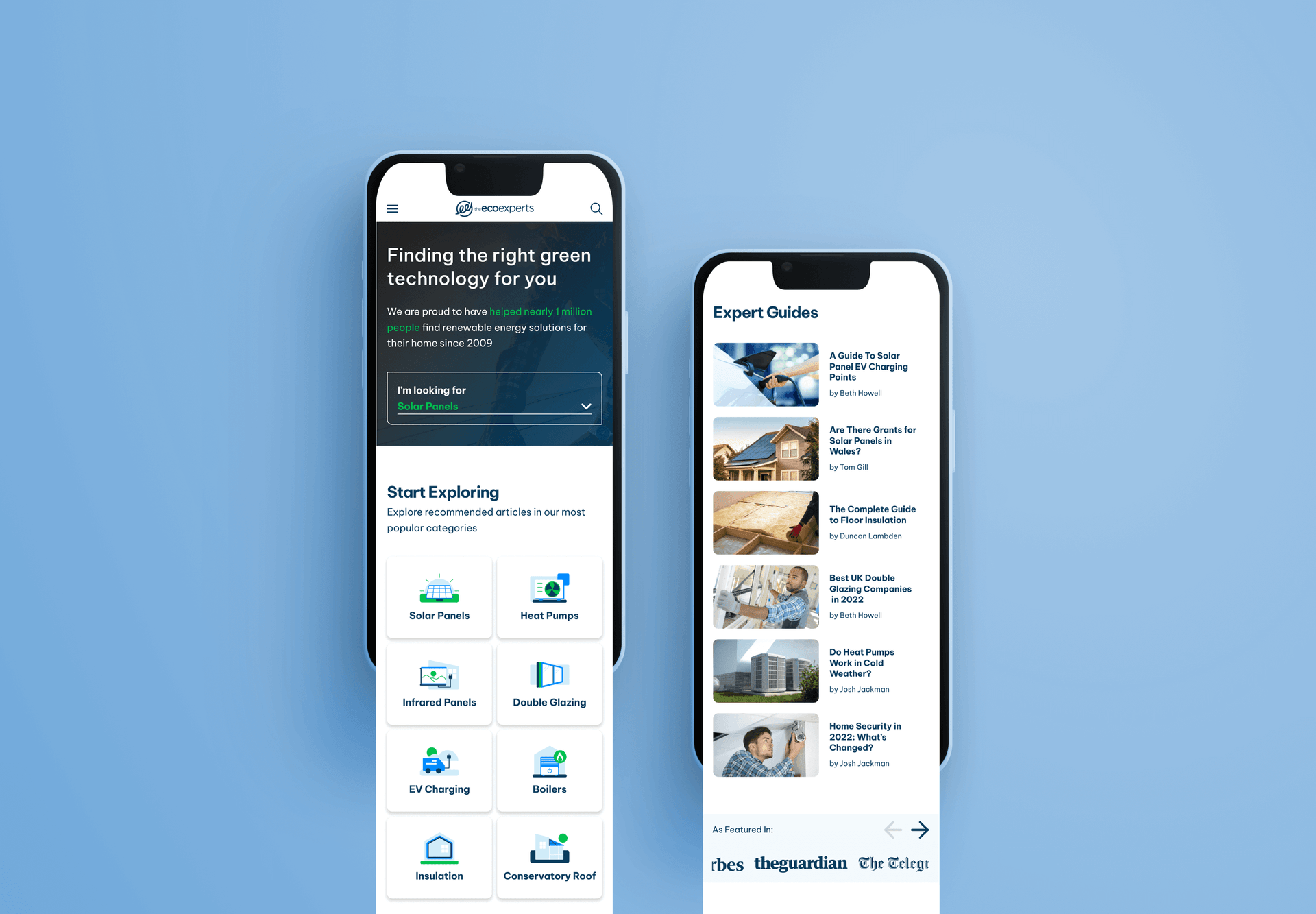2023/June
Design system: cohesion in the digital era
Creativity, consistency, and user experience in the digital landscape
Reading 2 min

In the rapidly evolving digital landscape, the demand for seamless user experiences across multiple platforms has become paramount. Design systems have emerged as an invaluable tool to achieve this goal, allowing organizations to strike a balance between creativity and consistency. By providing a structured approach to design, design systems enable teams to collaborate effectively, streamline workflows, and deliver cohesive user experiences across various products and touchpoints. In this blog, we will delve into the concept of design systems, explore their benefits, and highlight best practices for implementing and maintaining them.
What is a design system?
A design system is a collection of reusable components, guidelines, and best practices that define the visual and interactive elements of a product or brand. It serves as a single source of truth, providing designers, developers, and other stakeholders with a shared understanding of how the product should look, feel, and function. A well-structured design system typically includes a style guide, component library, design principles, documentation, and design tokens.
Benefits of design systems
Establishing a solid design system structure yields many benefits for the organization.
Consistency:
Ensure a consistent user experience by establishing a unified visual language. They define standardized components, typography, colors, and other design elements, allowing teams to maintain coherence across multiple projects.
Collaboration and communication:
Teams can work more efficiently. By reusing existing components, designers and developers can save time and effort,Design systems facilitate effective collaboration among interdisciplinary teams. By providing a shared language and documentation, design systems enhance communication, reduce misunderstandings, and foster a more seamless workflow between designers, developers, and other stakeholders.
Scalability:
As organizations grow and expand their product offerings, design systems become crucial for scaling design efforts.
Brand consistency:
Design systems play a pivotal role in establishing and maintaining brand consistency. They ensure that the visual identity and values of a brand are consistently communicated across all touchpoints, reinforcing brand recognition and trust among users.
Best practices for design system implementation
User-centric approach:
A design system should be built with the end-users in mind. Understanding the needs and preferences of the target audience is vital to create a system that resonates with users and enhances their experience.
Iterative development:
Design systems are not static entities; they should evolve over time. It's important to continuously gather feedback, learn from user interactions, and iterate on the system to keep it relevant and aligned with evolving design trends and user needs.
Cross-team collaboration:
Design systems are most effective when multiple disciplines collaborate on their development. Involving designers, developers, UX researchers, and other stakeholders ensures a holistic approach that considers various perspectives and expertise.
Clear documentation:
Well-documented design systems provide clarity and serve as a reference point for team members. Documentation should include guidelines, best practices, and code examples to facilitate the implementation of the system.
Accessibility and inclusivity:
Design systems should prioritize accessibility and inclusivity. By considering diverse user needs from the outset, organizations can create products that are usable and enjoyable for a broader range of individuals.
Design systems have emerged as an indispensable asset for organizations seeking to deliver consistent and delightful user experiences. By providing a unified framework for design, they enable teams to work efficiently, foster collaboration, and maintain brand consistency across various platforms. As the digital landscape continues to evolve, the adoption and evolution of design systems will undoubtedly become even more critical for organizations



